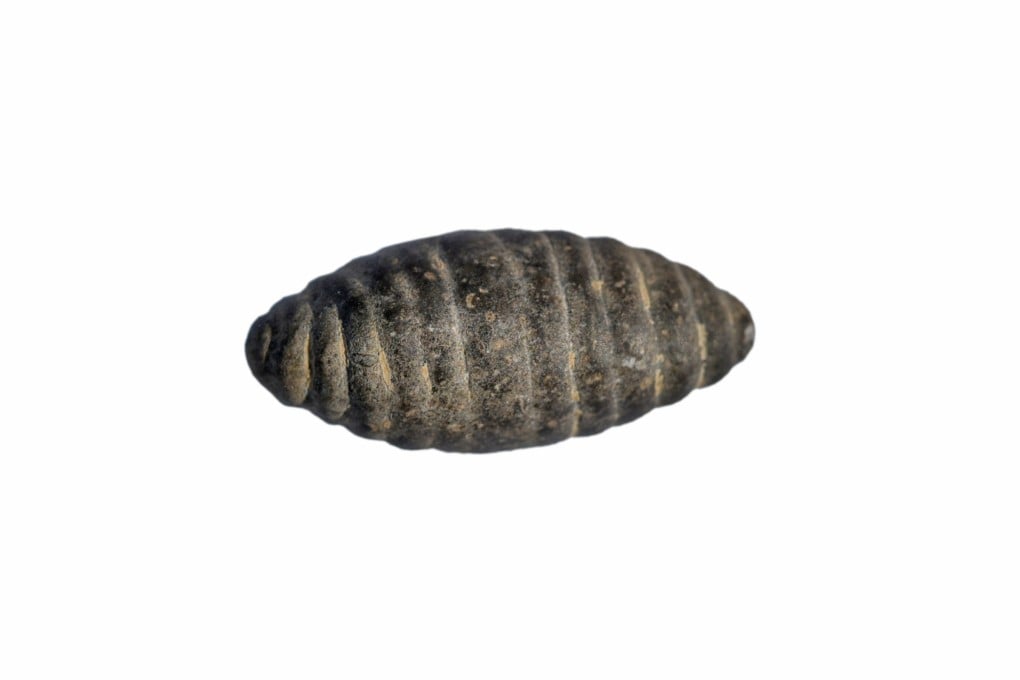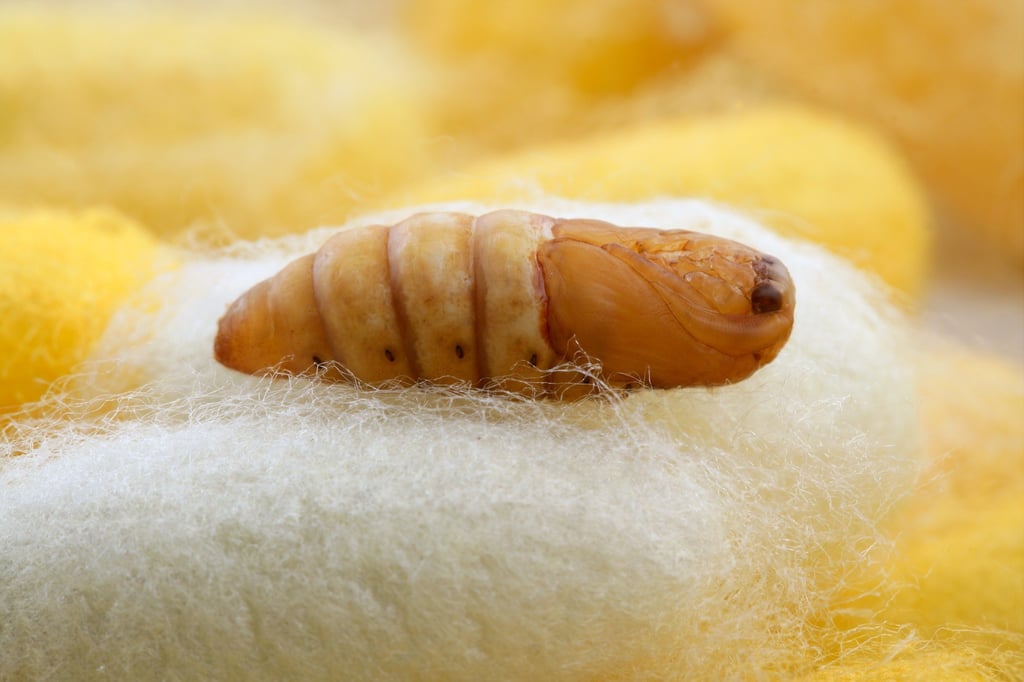A 5,200-year-old stone-carved chrysalis provides window into the earliest days of Chinese silk
- The chrysalis sculpture comes from the neolithic Yangshao culture from the Yellow River, famous for its pottery
- It shows that silk was already important to Chinese culture that is over 5,000 years old

As the famed “Silk Road” might imply, the history of the prized textile dates back to the earliest days of China, with a recent study tracing early emergences of silk to around 8,500 years ago.
The culture is most famous for its pottery, but it was also known for producing small amounts of silk and hemp weavings.
“At present, many silkworm cocoons and chrysalises discovered in Yuncheng City have been found in good condition, indicating that the ancestors of Yangshao Culture in southern Shanxi had raised silkworms,” Tian Jianwen, a researcher at the Shaanxi Provincial Institute of Archaeology, told Xinhua.

In 2020, scientists announced they found a slightly older stone chrysalis, about 6,000 years old, at a nearby site in Shanxi. That stone carving helped scientists feel more confident that the Yangshao people had already grasped silkworm cultivation by that moment in history.